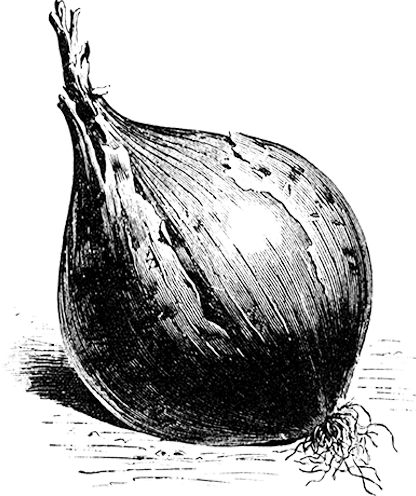Information
We have finally found a shelling bean that ripens in time here in zone 3 where we are cultivating. We have tried several early varieties over the years, but have never been able to find a shelling bean as reliable as Gaucho. We received some seeds from our cultivating friend in Norway, Tom Harald Eckell, who found this variety in the United States. It originates from Argentina, where it got its’ name from the stern, equestrian ranch workers.
The low growing Gaucho tolerates our unstable weather very well, and yields a large crop even during years without optimal bean weather. It ripens fast and has a pod with thin peel, which makes it easy to dry and thresh. When harvested unripe and green, it is stringless much like a French bean.
The color of the seed is shiny golden brown. The taste is among the best, with a distinct, but mild taste of bean. We have used it in stews, dips, and in salads and we can ensure you that Gaucho is one of the tastiest of its’ kind.
Organically cultivated Gaucho seeds are hard to come across on the market today. Therefore we have cultivated them on our own land to be able to offer this rarity to as many of you as possible. If you can save some of the crop, you will be sure to have seeds for the next year to come. Be mindful when you clean the dry beans. If you see the slightest sign of discoloration or mold, throw away the ones in poor condition. Store the beans in paper bags in a dry and cool place.
We have been very careful in our selection over the years, and we now have a strong and healthy bean. Gaucho is a very old variety and does not have the same resistance against fungal- and virus diseases as that of many modern varieties. Fortunately we haven’t had any problems with diseases during the years we have cultivated it, so maybe the warning is unwarranted when it comes to the very tolerant Gaucho.
One portion contains about 50 seeds.
